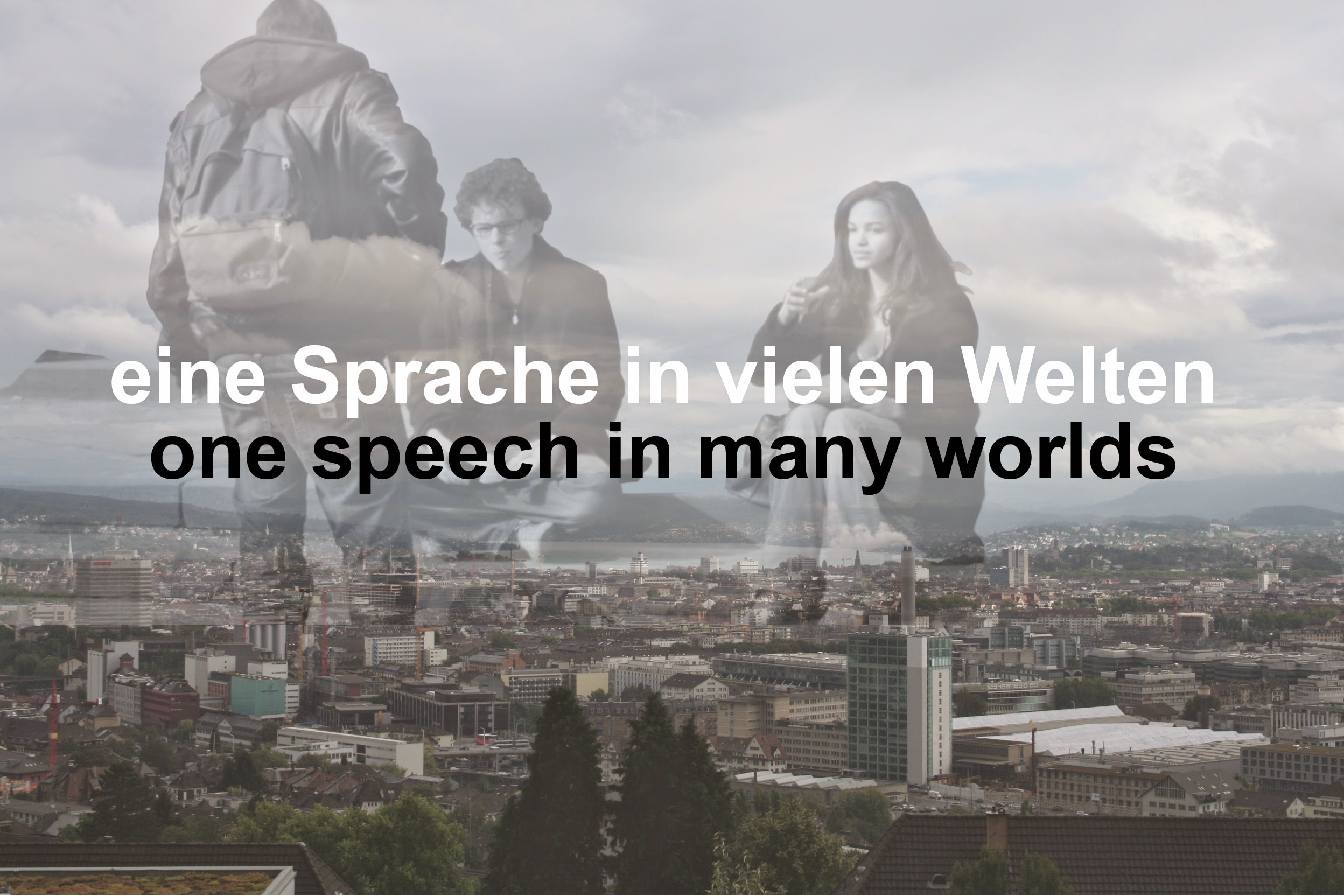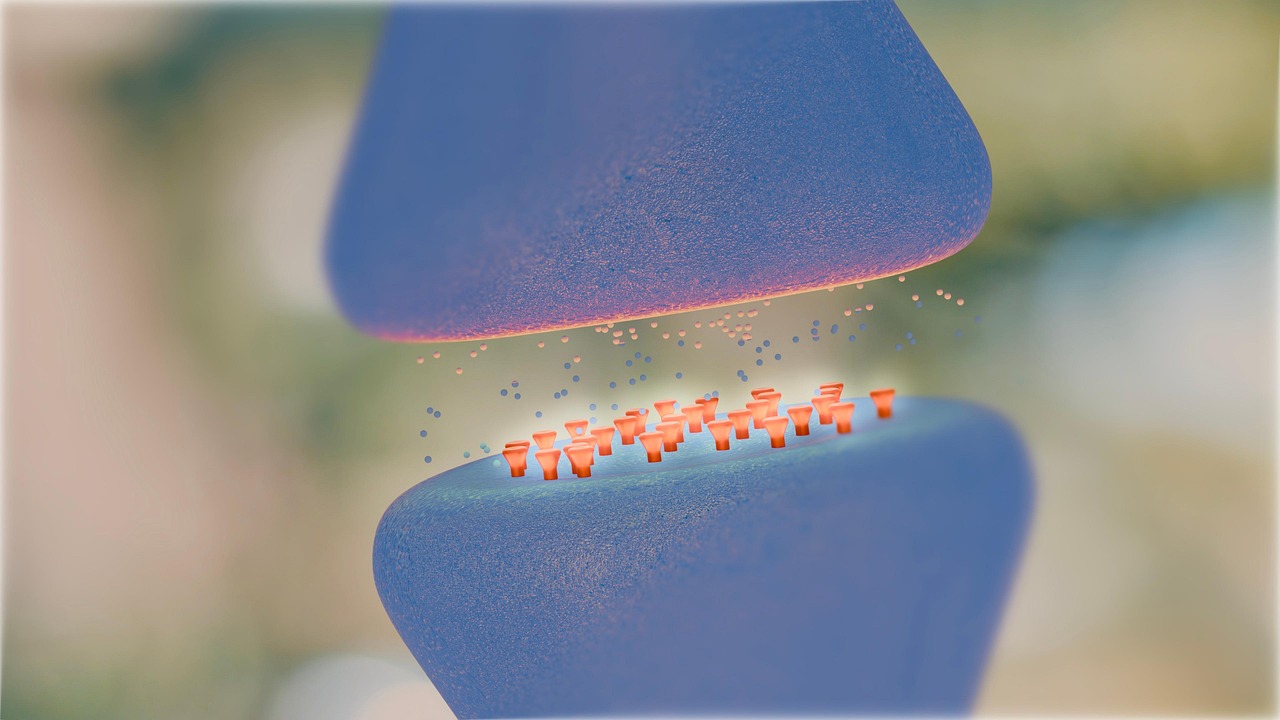Researchers at Ruhr-Universität Bochum have investigated how two areas of the brain influence the nature of memory content. The team from the Department of Neurophysiology showed in rats how the locus coeruleus and the ventral tegmental area permanently change brain activity in the hippocampus region, which is crucial for memory. The influences of the two areas are in competition with each other and determine, for example, how emotionally charged or relevant experiences are memorised. The ability to communicate that takes place between nerve cells in the brain also takes place externally. According to the present study, this affects perceptual stimuli and thus also attention. What drives people is based on their underlying motives. The study sheds light on the connection between motive and current memory content, i.e. what current attention is focussed on.
Bochum/Germany, March 14 2025. Dr Hardy Hagena and Prof Dr Denise Manahan-Vaughan worked with optogenetics for the study. They genetically modified rats so that certain nerve cells could be activated or deactivated with light. They describe the results in the journal PNAS, short for Proceedings of the National Academy of Sciences, from 30 December 2024.
The basis of learning
Neurotransmitters such as dopamine and noradrenaline play a decisive role in information processing. Dopamine in particular is a substance that supports pattern recognition, which can also mean that you interpret things into something. A danger when there is an excess of dopamine. The two substances can change the ability of nerve cells to communicate over the long term; this is known as synaptic plasticity, which in turn forms the cellular basis of memory formation. Long-term potentiation increases the ability of the affected synapses to communicate, while long-term depression of synaptic transmission reduces the activity of certain synapses in the hippocampus. This allows experiences to be stored and updated.
The locus coeruleus and the ventral tegmental area release neurotransmitters into the hippocampus (primarily responsible for spatial learning; according to a study in the 2000s, this was very pronounced in London taxi drivers), where learning processes take place. Until now, it was unclear to what extent these regions play a role in synaptic plasticity and thus also in learning processes. It is known that the ventral tegmental area is important for reward and aversion reactions. The locus coeruleus, on the other hand, is crucial for the perception of novel stimuli and thus controls attention.
How memory formation is influenced in the hippocampus
Hagena and Manahan-Vaughan recorded the activity of synapses in the hippocampus of rodents. The animals were genetically modified in such a way that the activity of certain cells of the locus coeruleus and the ventral tegmental area could be inhibited or stimulated with light. If the ventral tegmental area was activated, this led to long-term potentiation in the hippocampus. When the locus coeruleus was activated, the opposite was the case.
When the team inactivated the ventral tegmental area in behavioural experiments, long-term potentiation in the hippocampus was suppressed during the exploration of a new environment. When the researchers inactivated the locus coeruleus, long-term depression was inhibited during the exploration of environmental content.
The hippocampus can process different aspects of spatial information through long-term potentiation and long-term depression. The researchers have now identified the physiological process by which these changes in synaptic plasticity can be controlled.
Process determines nature of memory content
‘We were surprised that the effects were so specific,’ summarises Hardy Hagena. ‘The fact that the ventral tegmental area and the locus coeruleus elicit these two different types of synaptic plasticity gives us an insight into how motivation and attention influence synaptic responses relative to their relevance and the current memory content.’
Funding
The German Research Foundation funded the work as part of the Collaborative Research Centre SFB 1280, project A04 (project number: 316803389).
Originalpublication:
Hardy Hagena, Denise Manahan-Vaughan: Oppositional and Competitive Instigation of Hippocampal Synaptic Plasticity by the VTA and Locus Coeruleus, in: PNAS, 2024 DOI: 10.1073/pnas.2402356122, (https://www.pnas.org/doi/10.1073/pnas.2402356122)
Image source
Lakshmiraman Oza Pixabay, Neurotransmitters between the synapses. The thicker the synapses become, the more neurotransmitters can be transmitted. The thicker, the stronger the connection between the synapses. – The power of habit grows.


